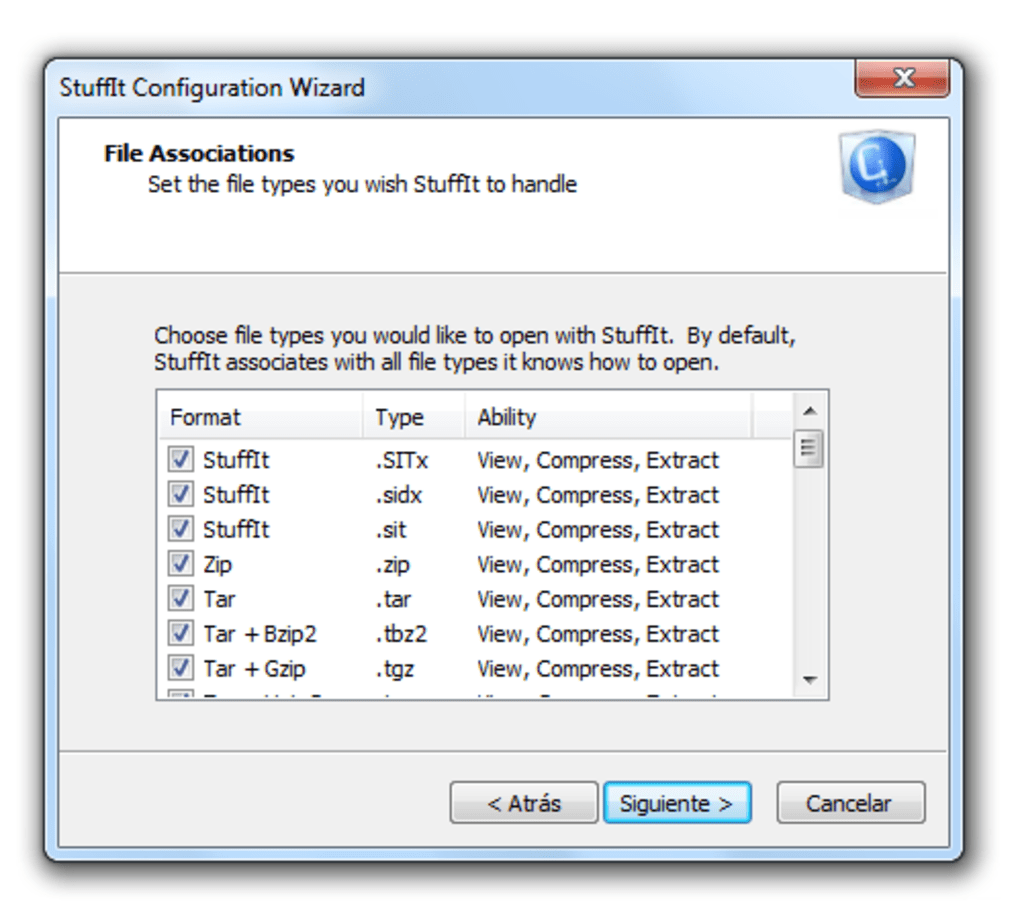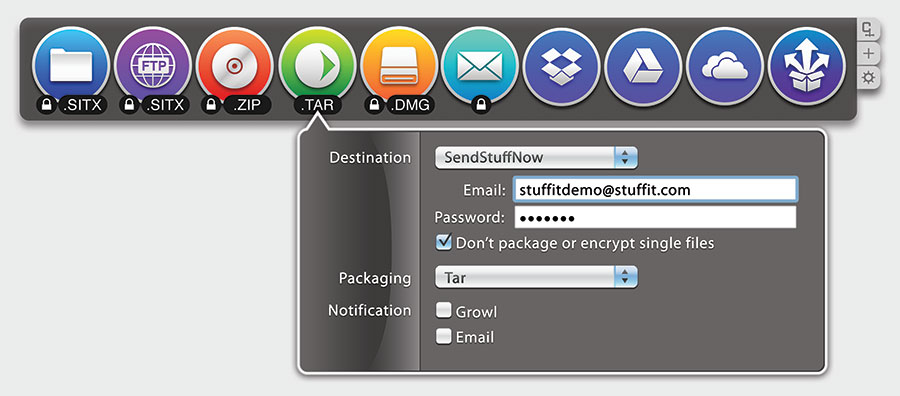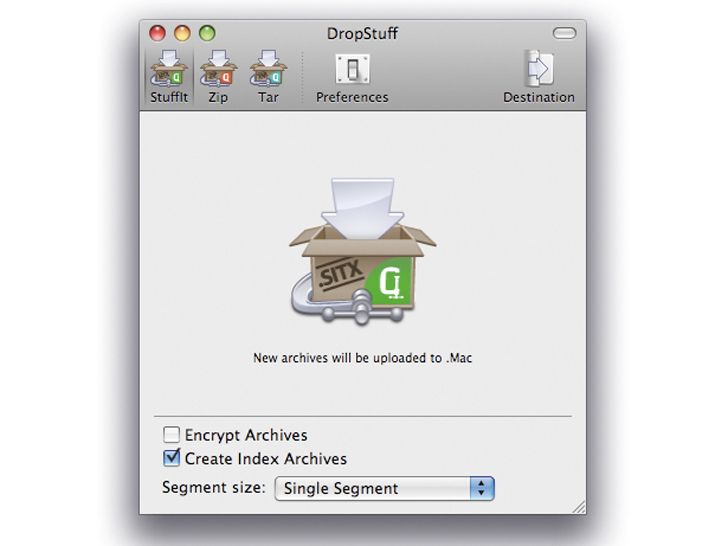
Right, we’ve decoded the lion’s share of the firmware, what about the rest?įirst off I’m going to pull it into a separate file, so I can leave the original in case of error: So presumably the firmware would expand in size dependent on games.
#Stuffit deluxe sgement full
The last thing to note is that this volume is pretty much full to capacity: These seems to be a simple file format of Attribute:Value pairs, the obvious ones are: The zxk file has a simple dictionary format: games]$ cat ZZZZ.zxk rwxr-xr-x 1 root root 4022 3 Dimensional Noughts & Įach game has a gzip version of the file in either z80 or tap file format and an extra file, that zxk file. rwxr-xr-x 1 root root 123 20-20 Vision.zxk Looking into the games directory and we see (no surprise) the games: games]$ ls -l | head Xtroth - The Adventure Xtroth The Adventure. KvjU> with open('adventure.idx','rb') as f:

Let’s use a more common string to search through here, the standard strings utility, which will look for strings that look to be ASCII text, once again, here’s an edited output: 20150909Ĭopyright (C) 2015 Retro Computers Limited.Ĭoncept, CAD, hardware design, C, ARM and Z80

This is sort of helpful but not really – a copyright string that I could’ve guessed and some references to compressed Spectrum games. This time, though it wasn’t brilliantly helpful, below is an edited extract of what it returned: DECIMAL HEXADECIMAL DESCRIPTIONħ1 0x47 Copyright string: "Copyright (C) 2015 Retro Computers Limited."ĥ79 0x243 Copyright string: "Copyright (C) 2015 Retro Computers Limited."Ħ65530 0xA27BA StuffIt Deluxe Segment (data): fton Manor Ģ689030 0x290806 StuffIt Deluxe Segment (data): fton Manor AssignmentĢ689060 0x290824 StuffIt Deluxe Segment (data): fton Manor Assignment.tapĢ963660 0x2D38CC Zlib compressed data, best compressionĤ015378 0x3D4512 Zlib compressed data, best compressionĤ024320 0x3D6800 gzip compressed data, has original file name: "1994.tap", from Unix, last modified: 19:57:07Ĥ036608 0x3D9800 gzip compressed data, has original file name: "1999.tap", from Unix, last modified: 19:57:07Ĥ057088 0x3DE800 gzip compressed data, has original file name: "20-20 Vision.tap", from Unix, last modified: 19:57:07 The one of these that gives the best results, usually is binwalk. The first step when reversing stuff is to use some binary matching tools, these look for signatures in the data and attempt to work out what stuff is in there. This is easily obtainable from the site highlighted above. I’m lazy, I started with the firmware (to be honest I looked at this even before I had the hardware).

When reverse engineering stuff like this you can attack at multiple levels: looking at the software, looking at the hardware or attempting to reverse the firmware. Obviously, it’s running a Spectrum emulator – my initial guess is that the creators of the Vega wouldn’t have written their own – not when there’s many open source and easily licensed emulators around.Īs a quick finger-in-the-air estimation, I thought it would probably use some simple Linux like base OS, running a framebuffer menu over the top and probably spawning fuse.
#Stuffit deluxe sgement tv
So, after a quick play and realising that 80s resolution on a 42” TV does not look good and that Spectrum artefact clash has always been horrible (thanks to the way that the Speccy did screen memory), I wondered how this thing worked.

Of course, I didn’t need to remember: I have quite a few in watertight boxes in the garage and, of course, I was a BBC Micro fan as a lad. A while back I got a ZX Vega for the LOLs and trying to remember what the Spectrum was like.


 0 kommentar(er)
0 kommentar(er)
